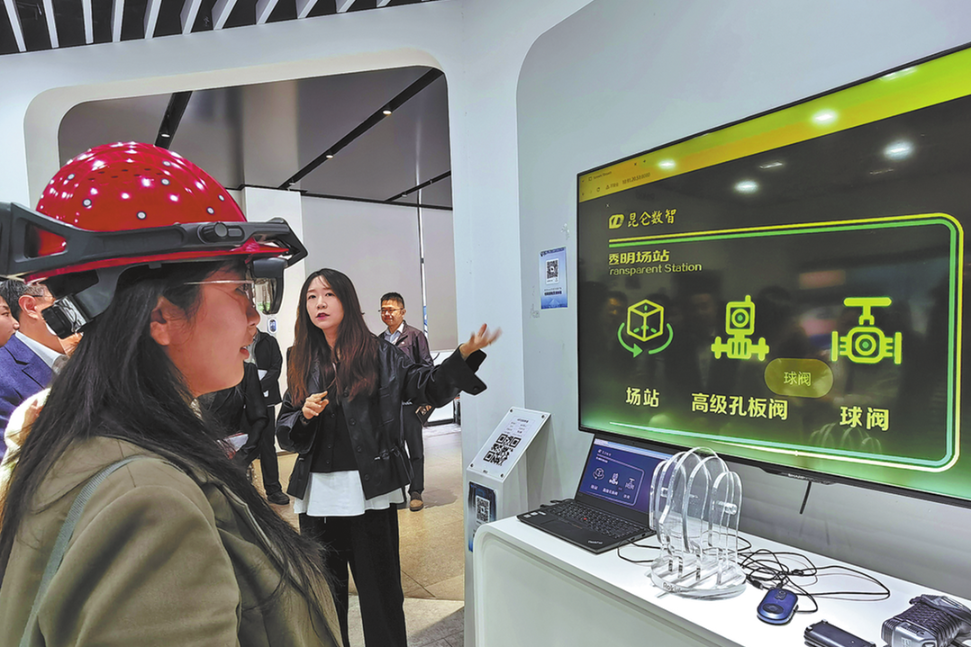Belt and Road watershed moment for China-Latin America relations
Initiative ushers in development momentum, kick-starting significant growth opportunities for both sides


This achievement is a testament to the resilience and adaptability of the partnership, even in times of geopolitical conflicts and economic downturns, said Zhou Zhiwei, a senior research fellow at the Institute of Latin American Studies at the Chinese Academy of Social Sciences.
China's trade with Latin America and the Caribbean grew 26-fold between 2000 and 2020. Last year was also a very productive year as cooperation was strengthened under the BRI, setting the stage for further collaboration in trade, infrastructure and other fields, Zhou said.
In February 2022, attention was drawn to closer China-Latin America ties when Argentine President Alberto Fernandez traveled to Beijing for the opening of the Winter Olympic Games and to mark his country's official entry into the BRI.
The move, with the two countries celebrating the 50th anniversary of diplomatic ties last year, would pave the way for collaboration in trade, infrastructure, anti-pandemic cooperation, green development and the digital economy, as well as take the diplomatic and political relationship to new heights, said Azhar Azam, a market and business analyst.
Sabino Vaca Narvaja, Argentine ambassador to China, said that China represents Argentina's second-largest trading partner and "is one of the main investors not only in the country, but also in the whole region".
In 2017, with Panama's announcement of joining the BRI, it incorporated Latin America and the Caribbean region, as a stretch of the 21st Century Maritime Silk Road, "and in that year it became the most important infrastructure plan of global cooperation", the ambassador said.
























